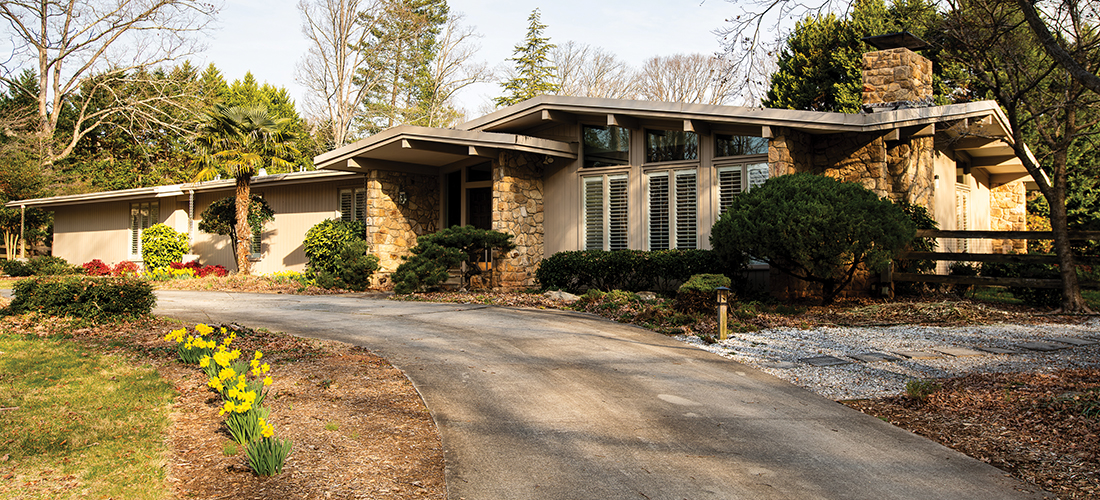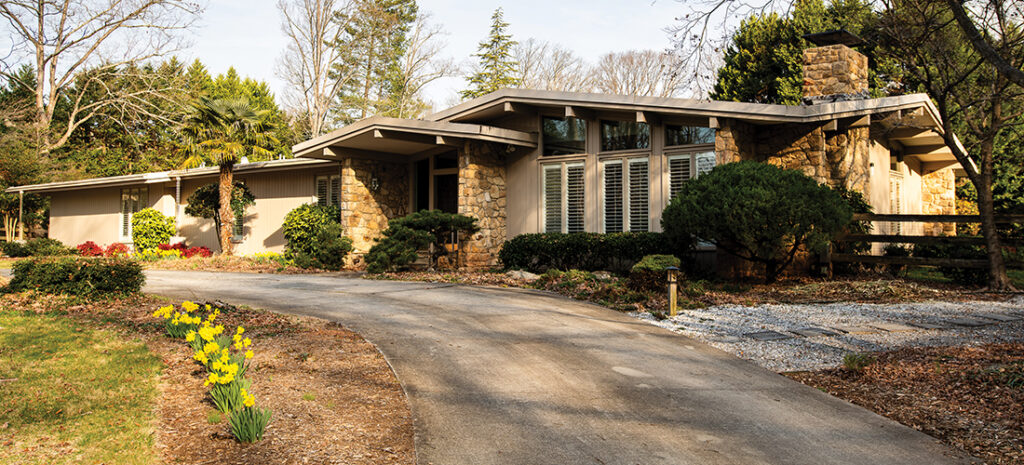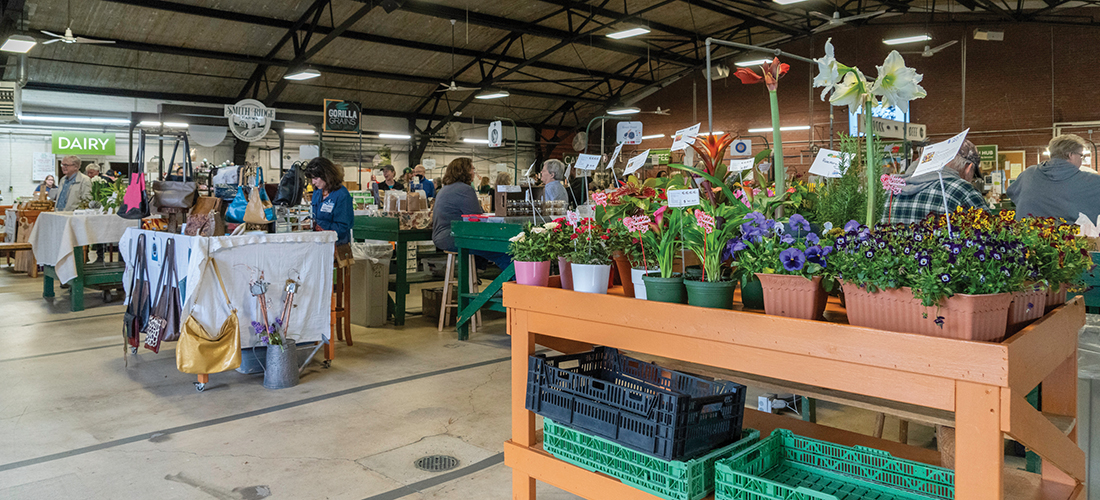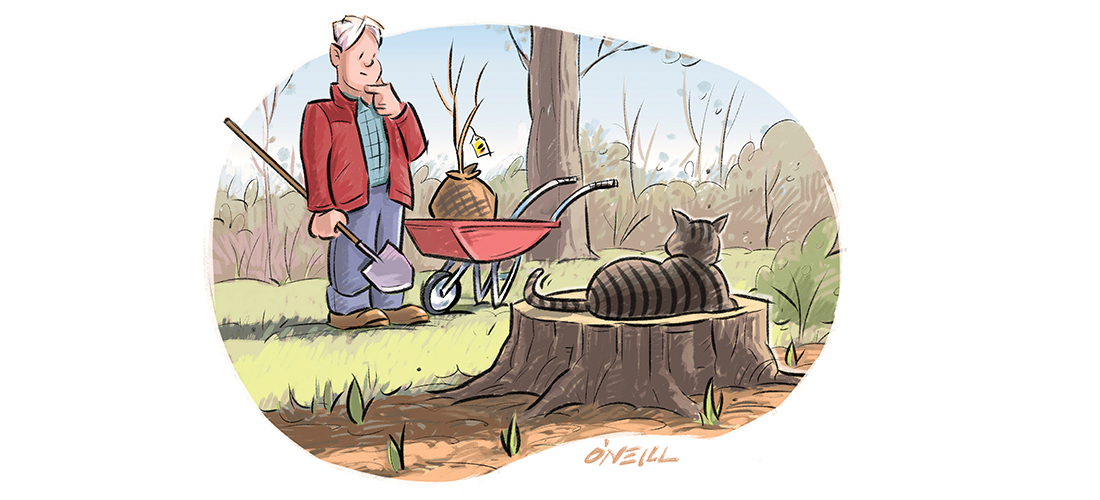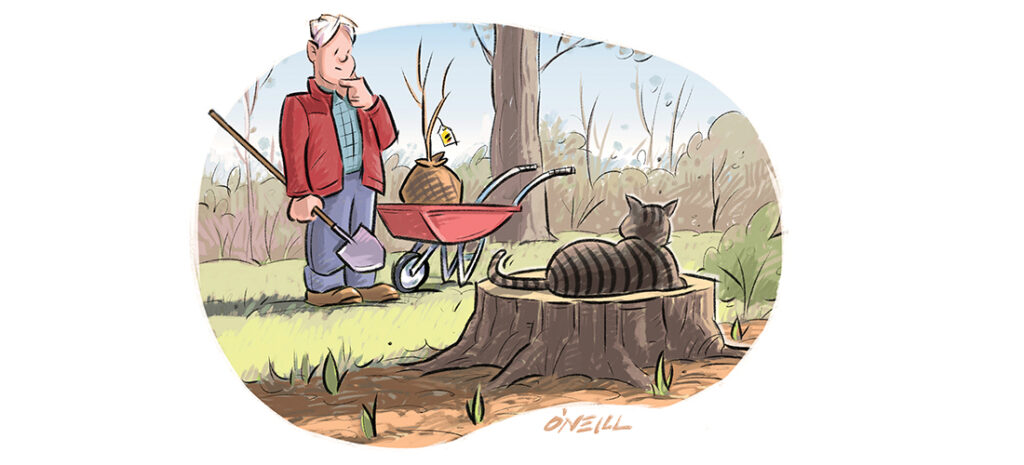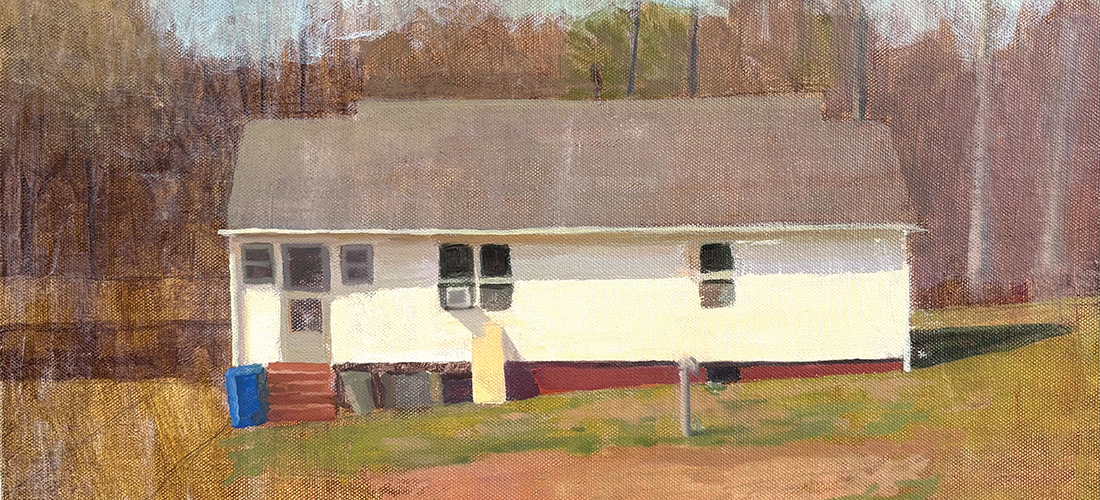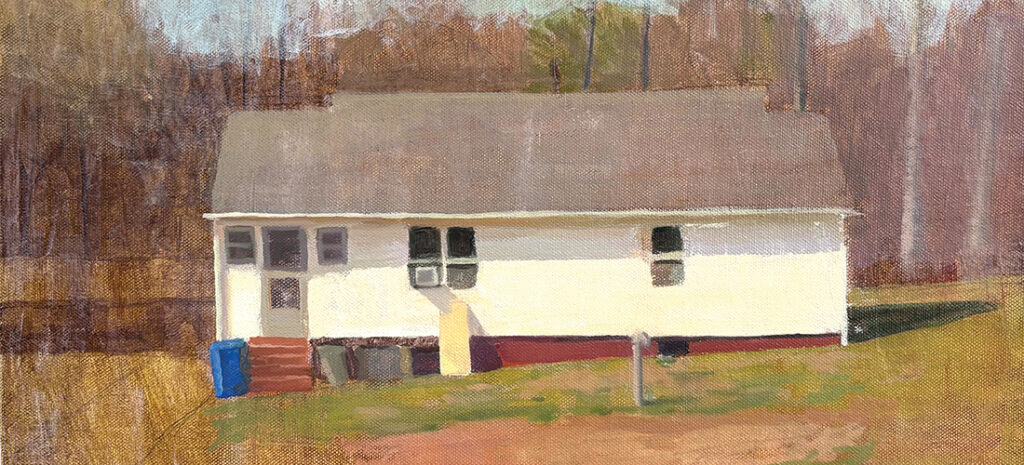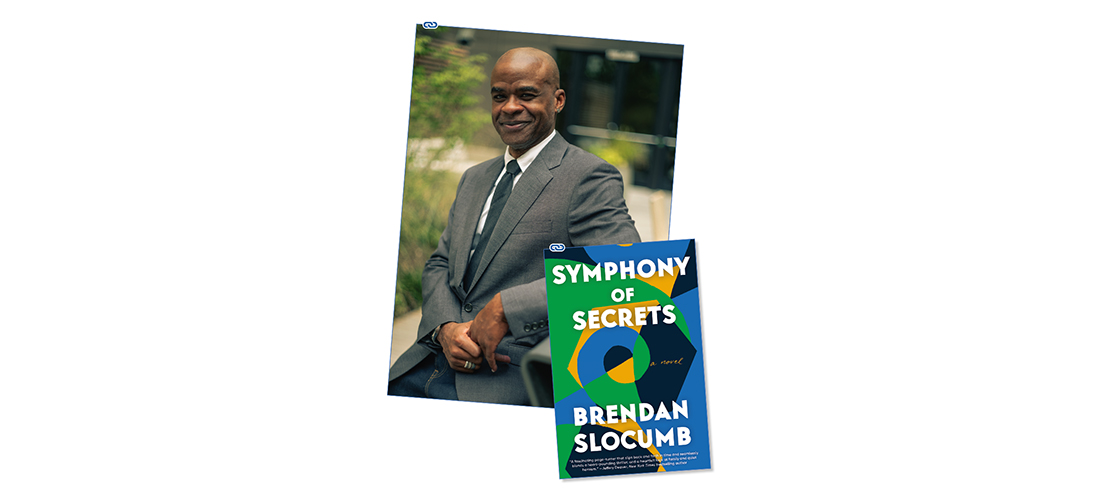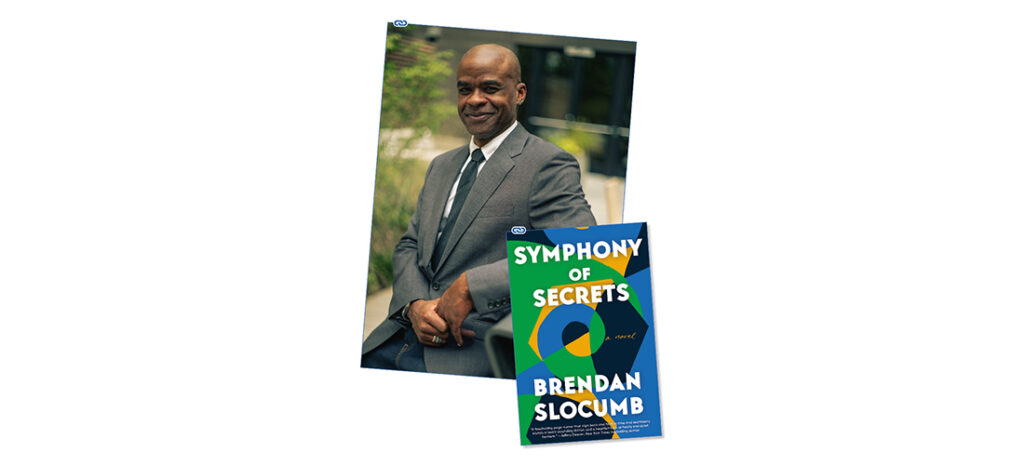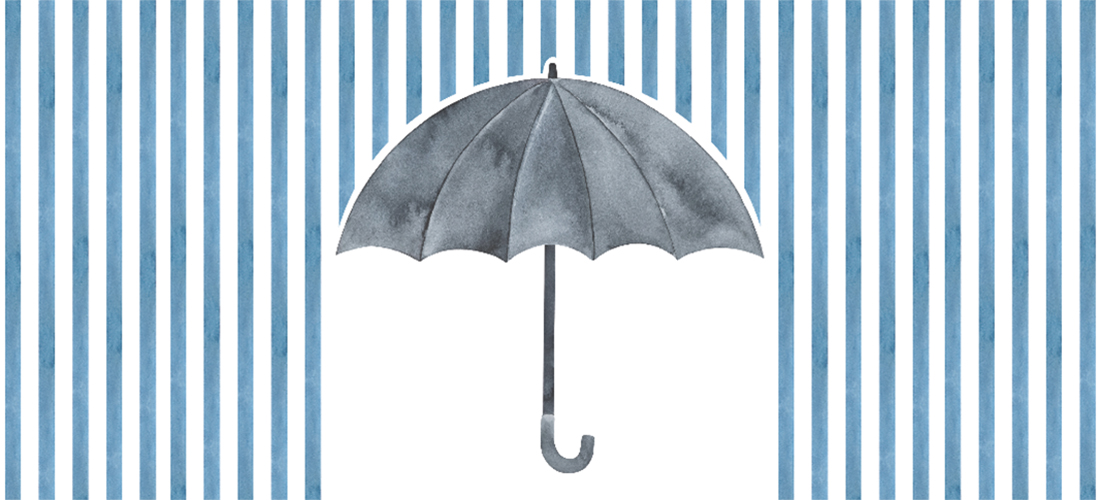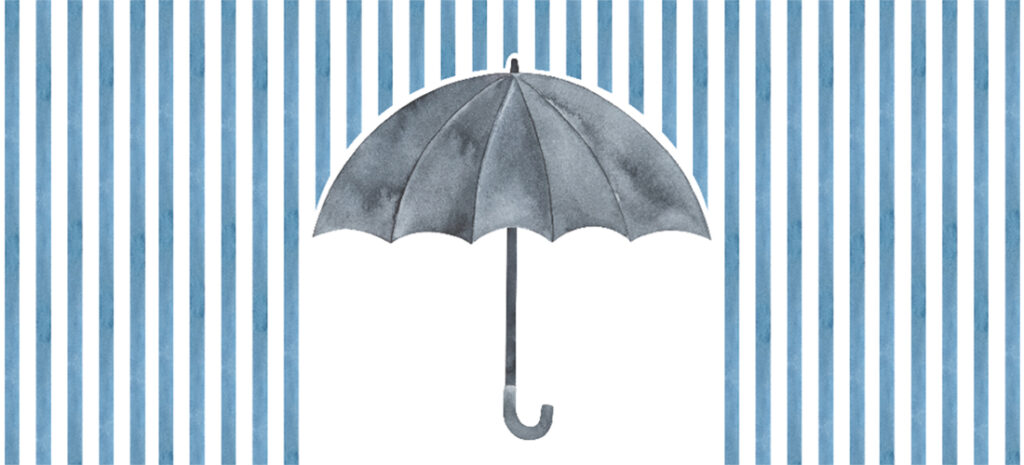Chaos Theory
Chaos Theory

Dirty Laundry
It’s all about knowing when to fold and when to hold
By Cassie Bustamante
I recently came across a meme that depicted the sign for infinity, a sideways figure eight. Above it read: “The symbol for laundry.” Accurate, I thought. With three kids, it’s never-ending.
But I can’t complain because before we were even married — when we were living in sin in the nation’s seat of sin, New Orleans — my husband, Chris, and I set up a system that has worked well now for over 20 years.
Of course, “set up” is a bit of a stretch. We didn’t exactly thoughtfully lay out a plan. It went more like this:
Freshly laundered clothing strewn on the bed in front of me, I begin folding a pair of Chris’ jeans in half the long way and then into thirds. My hands, well-manicured and soft, no visible signs of aging (Hey, this is my memory, OK?), maneuver while my Sony CD player shuffles through discs. Absentmindedly singing along to Frou Frou’s “Let Go,” I’m in the sort of meditative trance only a tedious task can produce.
Suddenly, Chris’ judging eyes bore into me and pull me right back into my body. I can see him biting his lip, trying to hold in whatever it is he’s thinking. After a beat, he says, “Can you pass me those jeans?” And he proceeds to shake them out and meticulously refold them, seams aligned exactingly.
Frankly, I should have seen this coming. Our relationship began — brace yourself — when Chris was my boss and I was his intern at the Hanes Mall Abercrombie & Fitch kids’ store back in 1999, just a few years after the most infamous intern scandal of our time. He was the one who taught me how to fold the perfect denim wall. There was a science — an art form, really — to lining those pairs of jeans up just so. When stacked in the wall together, they were the perfect height, filling the space between shelves, each pair a uniform thickness.
“What’s wrong with how I did it?” I ask. Though, honestly, I know I’ve never quite mastered the art of folding clothes with that crisp prêt-à-porter look he’s capable of achieving. (Don’t tell him that. We don’t need any gloating around here.)
“I just like them, um, a certain way,” he says, clearly choosing his critiquing words carefully to maintain unwedded domestic bliss.
“Then why don’t you fold the laundry?” I sputter, not really a question, mind you.
“OK,” he answers and, surprising me, immediately takes over.
Not one to look a gift horse in the mouth, I stifle any witty retort — a real challenge for me — and simply say, “OK, then. All yours.”
From that moment on, Chris has been designated laundry-folder in our house. It’s a role that fits his very particular Virgo personality to a tee, a perfect use of his skills.
And, in the end, we both win. He gets his denim folded just the way his heart desires. And I get out of untangling and sorting endless piles of laundry. Well, mostly. I do have to refold my T-shirts because I have learned that Marie Kondo’s method really does make it easier to find clothing in a stuffed drawer. But I’ll never whisper a word about it. He can keep his job. OH
Cassie Bustamante is editor of O.Henry magazine.


